Developer: Creaceed SRL
Price: Free [$11.99/£9.99 Pro Pack]
Size: 54 MB
Version: 2.0.2
Platform: iPhone & iPad
Apple’s firm adherence to 12-megapixel image sensors while rival phone makers go all the way up to 108MP has largely paid off. Lower pixel counts enable brighter, quicker shots with advanced yet speedy image processing, and they occupy less storage to boot.
The flip side of this is that you wouldn’t want to blow your iPhone pictures up or turn them into larger posters. That’s where the original Hydra app came in, merging together up to 60 individual frames to create 32-megapixel images.
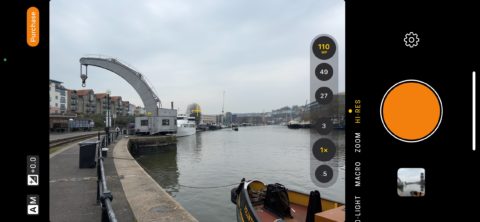
The headline feature here is the potential for 110MP shots
Now Hydra 2 is here to pack in even more pixels, cranking things all the way up to 110-megapixels. That’s barely the half of it too, with on-device AI processing, manual camera controls, and a full photo editor added to the mix.
There is undoubtedly way more fine detail to shots captured with Hydra. Zooming in on the same shot taken with the Camera app and Hydra, Apple’s default shots are far blockier and grainier. If you’ve ever wanted to print off super-sized copies of your iPhone shots, but found the results to be wanting, then Hydra offers a genuine solution.
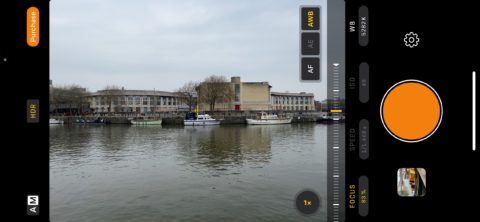
There’s a full manual mode
This technique also yields hybrid zoomed shots of up to 9x that are surprisingly usable, if not flawlessly sharp.
Hydra’s approach isn’t without its quirks and drawbacks, however. Not the least of these is the extended processing time for the signature HDR and high-megapixel modes. We’re talking a wait of several seconds or more after the shutter button has been pushed.
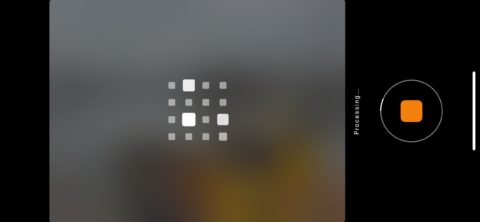
Shots can take ages to process
Then there’s the fact that image quality simply isn’t as pleasing straight out of the gate. The auto HDR of Hydra 2 seems to be a lot more aggressive than Apple’s, which means that more detail is pulled out of darker areas. Conversely, Hydra’s shots have a slightly overexposed, washed-out look compared to default snaps.
Viewed back on your iPhone screen, fresh out of the gate, shots taken with Apple’s Camera app simply look better than those taken with Hydra. However, you can adjust the fundamental tone of your Hydra shots by tinkering with the Processing menu, which lets you alter Color Rendition, Tonal Intent, Tone Mapping, and other metrics.
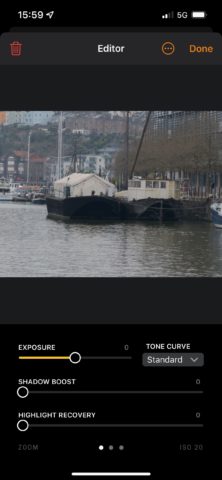
The editor function lets you fine tune your shots
It’s also possible to fine-tune your shots using Hydra 2’s new photo editing facility. The fact that the app is taking multiple snaps at various exposures means that you can fundamentally adjust the look of your shots using sliders for Exposure, Highlight Recovery, Sharpness, and the like.
It’s a handy tool, but it’s frustrating that Hydra reserves them for immediately after you’ve taken the snap. You can’t go back in at a later date and edit shots – or not in any readily apparent way that we could spot, at any rate.
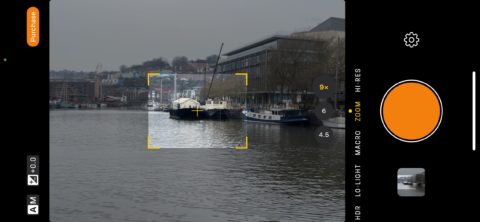
It’s possible to zoom right up to 9x
We should also note that Hydra really isn’t viable in its default Free state, either. Simply through the presence of watermarks, including an unsightly cross in the middle of your shots, you’ll really want to pay the one-off or subscription fee to unlock the full experience.
Hydra is too unwieldy to be a general replacement for the Camera app, or even for any of the better Pro camera apps on the market. For those wanting to shoot landscapes for print, however, it offers a level of high fidelity and fine-tuning that’s rare to find in iPhone photography. Certainly worthy of a spot in any serious iPhone photographer’s toolkit.

